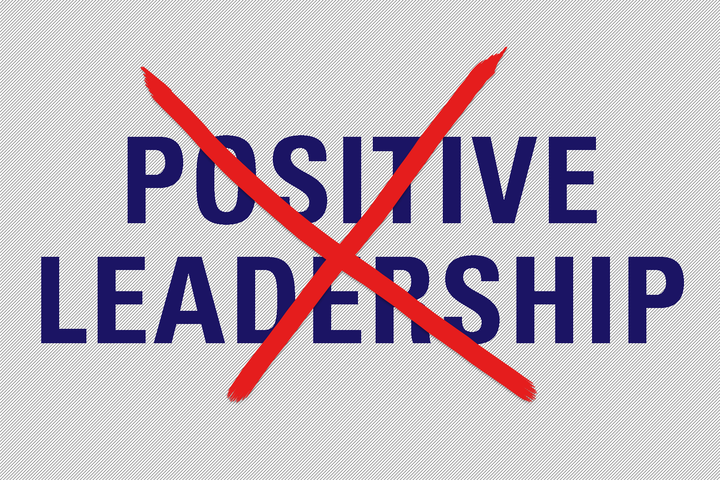
By: Chris White, Center for Positive Organizations, University of Michigan
It drives me nuts.
Few things make me crazier than when people misunderstand what it means to be “positive” in the workplace, and then project that misunderstanding onto others. Many people interpret positive leaders as being “nice” or “happy” all the time. While this may be true, being nice and happy all the time is not the goal of being a positive leader. My purpose in this blog post is to dispel three of the most common misconceptions about what it means to be a positive leader or to build a positive organization. By doing so, perhaps we can become better leaders, too.
I may experience uncomfortable misunderstandings about the nature of positive leadership and positive organizations more often than most (as managing director of the Center for Positive Organizations). Here are some interactions from a typical day in my life:
- I get into an elevator, and someone says to his neighbor “uh oh, better be happy now!” Cue awkward laughter, and then silence.
- A student is outraged when I give her a suggestion for improvement. “I thought you were meant to be ‘positive,’” she complains angrily. Cue difficult conversation.
- A meeting participant apologizes to me -- “I’m sorry, I know this isn’t very positive, but…” -- before sharing his important concerns about a project. Cue concern about how many other people are holding back their good ideas because of this inaccurate interpretation of the word “positive.”
These minor situations reflect dangerous misunderstandings of what it means to be a positive leader, or to attempt to build a positive team or organization. Here are three of the most common misconceptions about people aspiring to be positive leaders:
1.“You have an overly optimistic view of the world (or yourself)”
Wrong. Positive leaders are actually trying to have a more accurate view of the world and ourselves than occurs naturally for most of us.
We are naturally wired to dwell on negative feedback longer than positive feedback. Indeed, studies suggest that our memories weight negative feedback more than three times stronger than positive feedback. As such, most people have an unreasonably pessimistic view of themselves. Think about the last time you received a combination of negative and positive feedback points. Which kind of feedback did you dwell on more? By consciously noticing, savoring, and celebrating positive experiences, we are actually just bringing things back into more of a realistic (and healthy) equilibrium.
2.“You are okay with poor performance, effort, or behavior”
Wrong. Positive leaders are committed to applying an affirmative bias, and to achieving extraordinary outcomes.
A foundational piece of research by founders of Positive Organizational Scholarship addressed the need for both/and attributes throughout organizational culture. We need to be both competitive and collaborative. We need to be both creative and have strong controls in our processes where necessary. And of course we need to be both supportive and challenging to help people grow. Bob Quinn has used the metaphor of a positive leader having one hand on her teammate’s back to push her along faster than she thought possible; the other is under her arm to break her fall if needed. Giving someone endless free passes for sub-par performance is not being a positive leader. In fact, it is not being a leader at all.
3.“You should be happy all the time”
Wrong. Positive leaders experience the same range of emotions as everyone else.
Unless you have truly achieved enlightenment, most of us experience a range of emotions. We are happy, sad, angry, curious, perplexed, excited, and much more over the course of any given day or week. Trying to force ourselves to be happy all the time, or pretend we are happy when we are not, is inauthentic. This lays the seeds for unsatisfying relationships with others, and sets people on a slippery slope toward depression.
We can choose to cultivate gratitude in our lives though. We can appreciate our good qualities and experiences. We can appreciate the contributions of others. We can deliberately try to notice and celebrate these things with sincerity and enthusiasm. Like a muscle, our ability to experience and express gratitude gets stronger with use. The more grateful we are, the more genuinely happy we are – and the better we will be as leaders.
Positive leaders are committed to finding and amplifying what works well in their organizations. They help to create elevated purpose for the whole, and help individuals find meaning in their work. They foster energizing relationships. They act with integrity and compassion. If they happen to be nice or happy from time to time as well; hopefully, the rest of the world will welcome that, too!
Chris White (@leadpositively, leadpositively.com) is managing director of the Center for Positive Organizations (@PositiveOrg) at the University of Michigan’s Stephen M. Ross School of Business.
